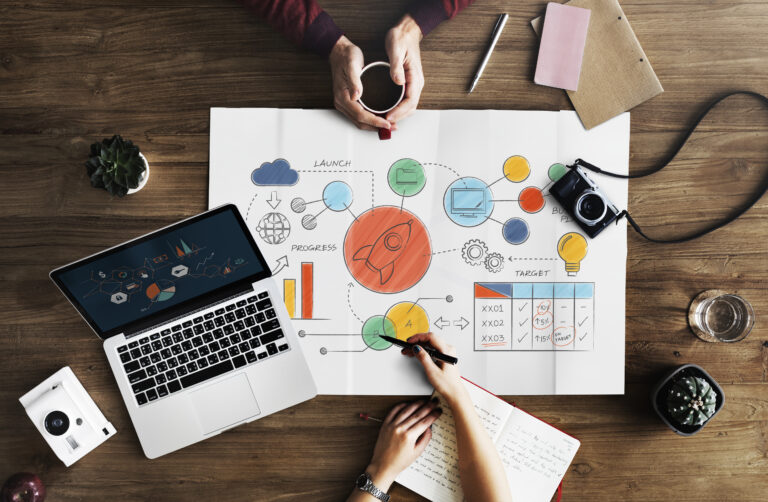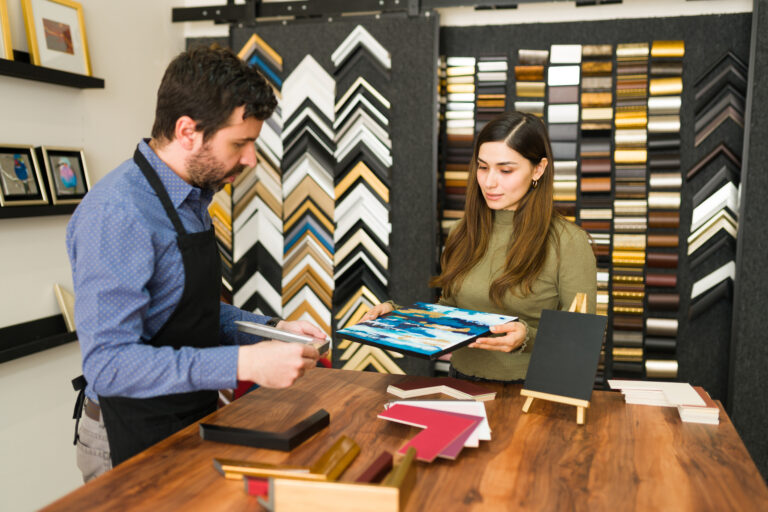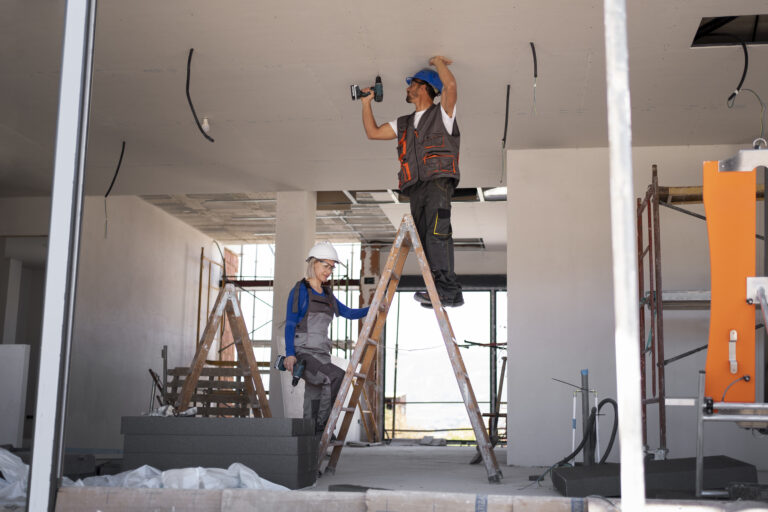Interior design process from Site Visit to complete Site Handover
1. Initiation and Client Consultation
During the initiation phase of the journey, the client and interior designer closely collaborate. They engage in a consultation to share their vision, preferences, and requirements. The next step involves paving the way for the results of the process.
2. Site Visit and Analysis
3. Concept Development
With insights gained from the site visit, designers develop a conceptual framework. This phase involves brainstorming ideas, creating mood boards, and sketching preliminary designs. I will present a cohesive vision that captures the client’s desires and addresses the practical aspects of the space.
4. Design Development and Planning
At this stage, the design approval is given to an idea and detailed design development is branched off as a result. This also includes building 2D and 3D renderings, doing a materials, shades and fixtures specification, as well as writing the project plan and schedule. The most important aspect of this stage is paying close attention to detail. While implementing the design, it must align with the client’s expectations and budgetary limits.








